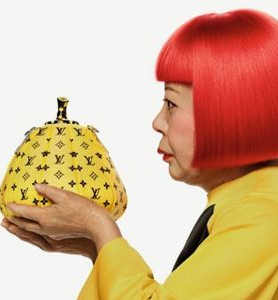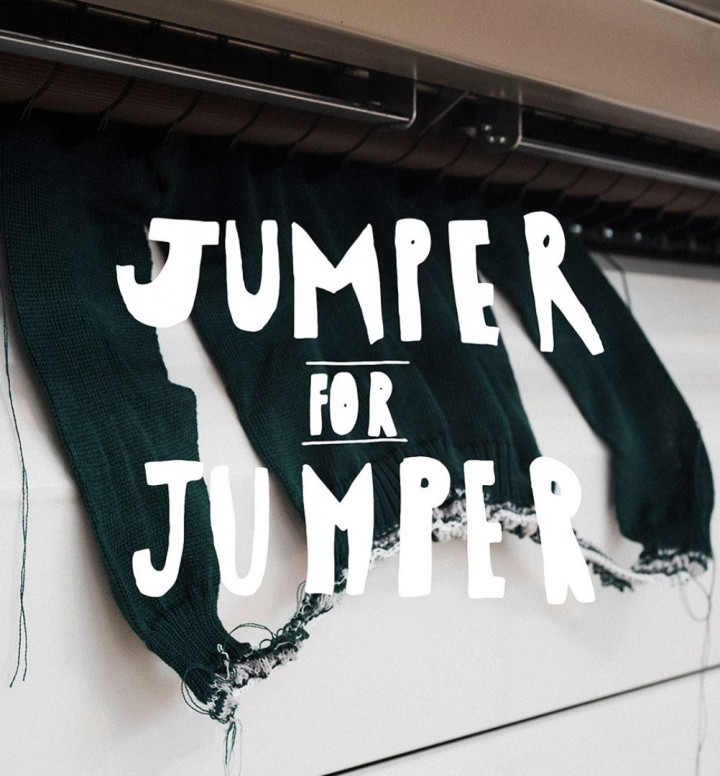Every day of NZFW 2025 as it really happened (including the parts you missed)
New Zealand Fashion Week has always been about more than just clothes. It’s about the stubbornness of this industry—its ability to hold memory, to find intimacy in unlikely spaces, and to keep pushing forward even when the odds feel impossible. Across six days, we saw designers at every stage of their careers in conversation with one another: the established revisiting archives, the newcomers insisting on fresh vocabularies, and the graduates testing the boundaries of what fabric can hold. What emerged wasn’t a tidy narrative but something better—a portrait of a fashion culture that is simultaneously rooted and restless.
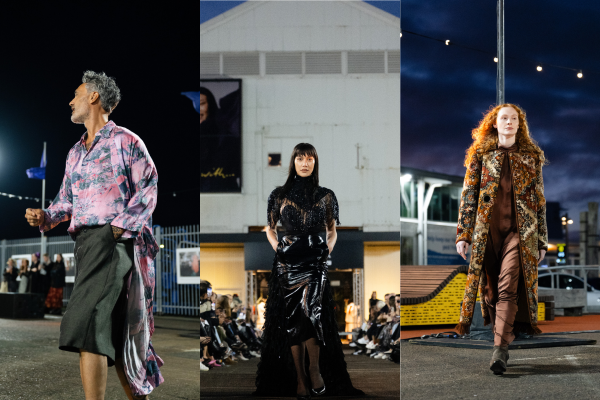
DAY ONE
The opening night felt less like a beginning than an excavation. Into the Archives was a collective act of remembrance, threading together decades of New Zealand fashion in a way that reminded us how personal this industry really is. The show moved fluidly between Swandri and Zambesi, Stolen Girlfriends Club and Kate Sylvester, collapsing memory into the present moment. Watching it unfold against our itty bitty skyline, it became clear that the point wasn’t nostalgia but continuity—fashion here builds, layer upon layer, garment upon garment, memory upon memory. The night was both a tribute and a challenge: to see the week ahead not as fleeting but as part of a larger story still being written.
Read the full day one runway report here.
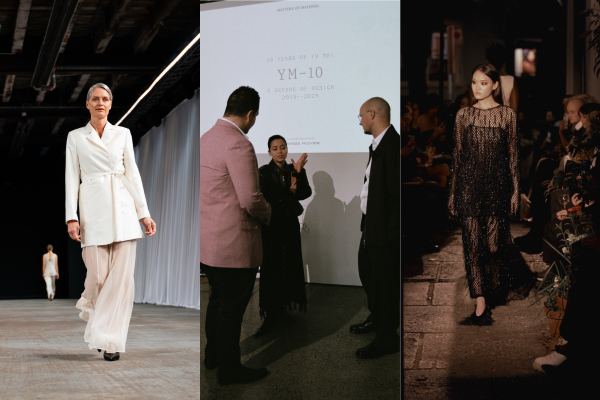
DAY TWO
If the first day was expansive, the second contracted—drawing us into more intimate rooms and slower rhythms. Yu Mei gathered collaborators to talk not about product but about process, reminding us that design begins with materials, not trends. Juliette Hogan quietly expanded her refined world with subtle jolts of whimsy. Taylor turned a boutique into a gothic installation, collapsing art and performance into dress. And local darlings Harris Tapper made their debut in a wine bar where fashion felt like part of the evening’s conversation rather than the centre of it. The throughline was intimacy—designers willing to show not just what they make but how they think.
Read the full day two runway report here.
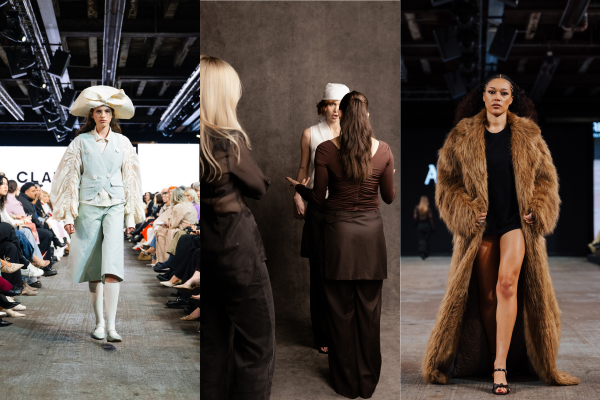
DAY THREE
By midweek, exhaustion and excitement coexisted. Claudia Li’s homecoming after years in New York reframed her practice for a local audience: bows, corsetry, and sequins that felt both historic and utterly new. Adrion Atelier announced itself with couture-level craft filtered through streetwise ease, a debut that carried the charge of inevitability. Kathryn Wilson reminded us that shoes can still be playful without losing substance. And Rebe transformed a penthouse into The Apartment, where clothes were lived in rather than paraded, turning a show into a world. Wednesday was about reintroductions and recalibrations—proof that a designer’s context can be as powerful as the clothes themselves.
Read the full day three runway report here.
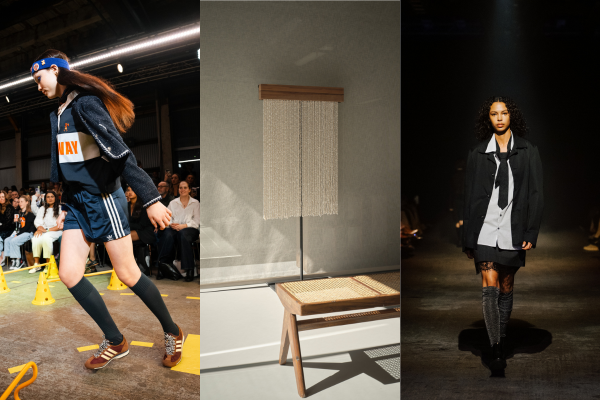
DAY FOUR
Surprise drove the fourth day—whether through NZFW’s announcement of a Christchurch edition or Karen Walker’s long-awaited runway return. At one end of the spectrum, Jasmin Sparrow and Jade Townsend’s Siren blurred art and adornment in a way that questioned what jewellery even is. At the other, Untouched World folded new bio-textiles into its philosophy of design that treads lightly. Emerging designers at DHL’s showcase tore into nostalgia and deconstruction with startling conviction, while Auckland FC reimagined the football kit as cultural artefact. Karen Walker herself (returning after a 15-year hiatus) brought chaos and wit in collaboration with adidas, staging obstacles as play. And Zambesi closed the day with quiet defiance, proving that subtlety can linger longer than spectacle, and that design is at its best when a designer truly knows their metier.
Read the full day four runway report here.
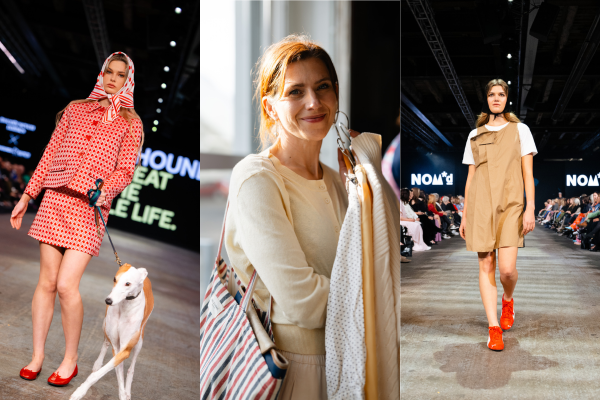
DAY FIVE
Friday leaned into community. GreatHounds reframed the animal—long a muse for speed and elegance—as an emblem of care, underscoring fashion’s ability to advocate as well as adorn. The Breast Cancer Cure showcase balanced activism with irreverence: Patti Smith opened with ‘Horses’, which for me, is a sign of a very good show. NOM*d wrapped models in mesh bonnets, Kathryn Wilson dialled up a Charlie’s Angels pep. The soundtrack by Sweet Mix Kids kept the room buoyant. And then Kowtow hosed a used clothes swap—which felt quite fitting, because what the day captured best was how fluid the boundaries of fashion really are in New Zealand. Cause and glamour, play and purpose—here, they’re never mutually exclusive.
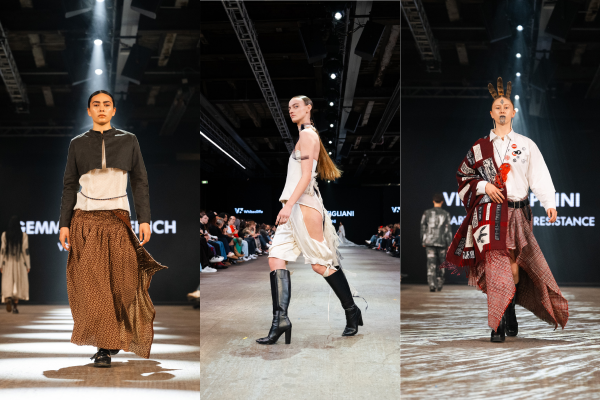
DAY SIX
The graduates closed the week with an energy that felt impossible to contain. This was not fashion weighed down by market logic, but fashion played at full tilt. Corsetry, deconstruction, tailoring pushed to its edge. Artefacts of ego, textiles of history, streetwear lit literally from within. There were sacred references and club-ready exaggerations, grandmotherly quilting and techno-futurist silhouettes. What bound them together was not aesthetic but ambition—an insistence on testing what fashion can hold, and how far it can stretch. In their hands, fabric became protest, memory, fantasy, experiment. If the archives grounded the week’s beginning, the graduates cracked open its future.



